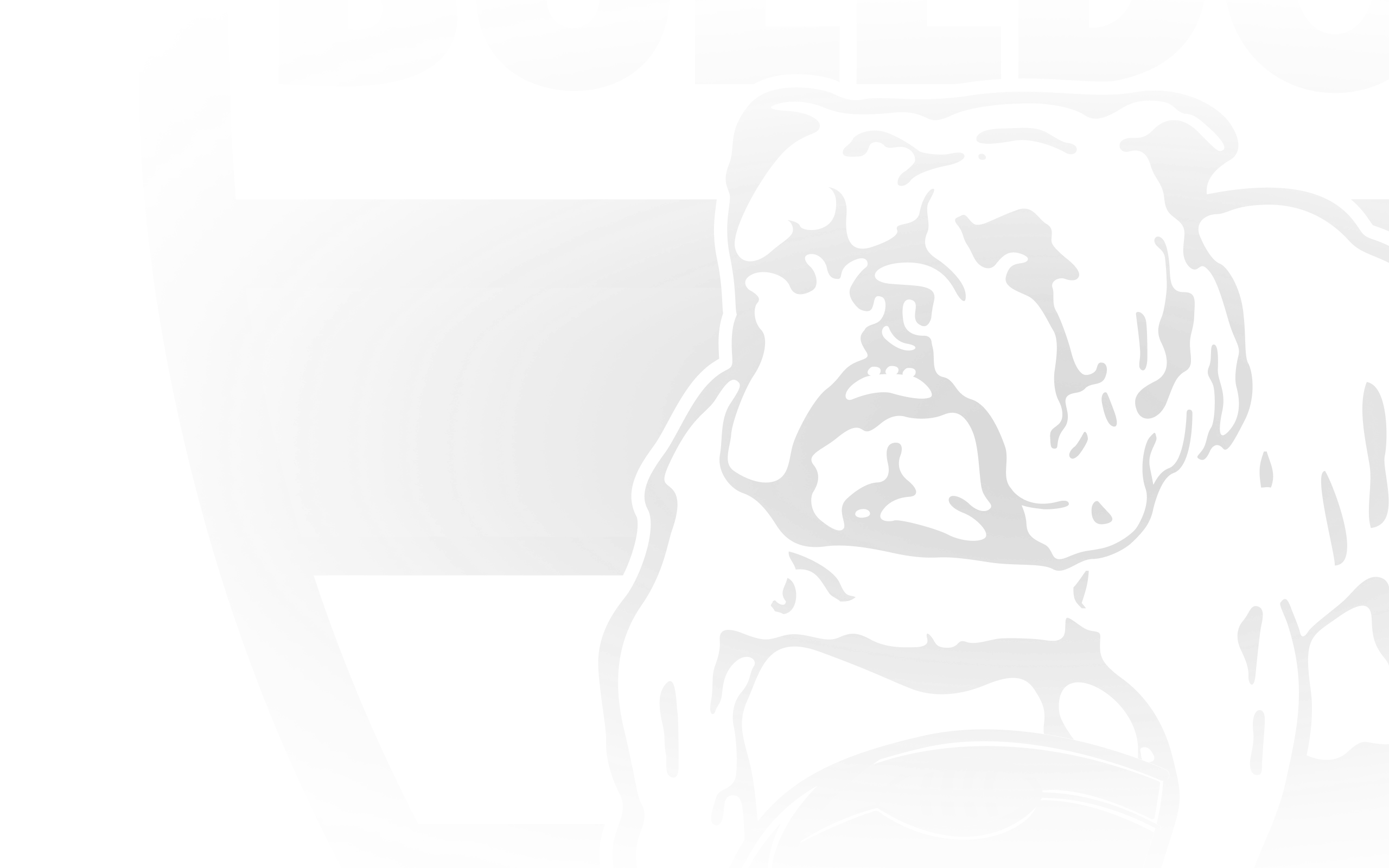This week would have marked the 100th birthday of the late Alan Collins, a fine player for the Bulldogs between 1939 and 1946.
Not as well-known as his younger, premiership-winning brother Jack, the football story of Alan is one that deserves to be told.
More than ten years older than Jack, Alan's rise to the ranks of VFL football is about as meteoric as there has ever been. As an 18-year-old, he was discovered playing ‘paddock football’ by a committeeman of local VFA side Yarraville, who invited Collins, whose father Jim had played 30 games for Essendon, to have a run in the team's seconds.
After two games in the reserves, Collins had shown selectors enough for them to give him a run in the seniors, who were taking on top side Brunswick in the penultimate home-and-away round of the VFA season. Apparently, Collins found no reason to be overawed by such a challenge on debut. In what was only his third EVER match of competition footy, Collins kicked seven goals as a rover, as Yarraville (second-last on the ladder) caused the boilover of the season, defeating Brunswick by 37 points.
While Brunswick went on to win the premiership (the loss to Yarraville being their only defeat of 1938), Collins backed up his stunning first game with another five goals the following week in the final home-and-away of the season.
Footscray had seen enough. Collins played in all of the Bulldogs' 1939 pre-season practice matches, impressing both the selectors and the Sporting Globe's football correspondent Hec de Lacy, who described one of his performances as follows: "Collins playing in the forward pocket, was impressive, and showed outstanding football sense." Two weeks later, de Lacy was even more glowing, declaring that Collins looked, "a champion through and through".
After he played the opening round of the following VFA season with Yarraville, the club reluctantly cleared Collins to the Bulldogs whereupon he was immediately selected for the senior side in Round 1 of the VFL season.
1939 wasn't a great season for the Dogs but Collins established himself immediately as a permanent member of the Footscray side. Former champion player Alec Eason, who had coached the Bulldogs a decade earlier, was amazed at how quickly Collins adapted to league ranks:
"Few of the people who saw this kid doing so well against Marcus Whelan, the Collingwood champion, at Collingwood, would believe it if they were told he was playing his fifth game of football since leaving the State school - the hole bang lot of five games being played in senior ranks. He looks a bobby-dazzler to me."
And so he proved to be. Collins played every game in 1939, and the first three in 1940 before he sustained a broken leg against Melbourne. In that game, the Bulldogs had matched the reigning premiers until Collins sustained his injury in the third term. The Demons pulled away after that, and the loss of Collins, seen by newspaper scribes as the best player on the ground to that point, was considered by many to be the turning point of the match.
The Herald's P. J. Millard could hardly have been more effusive in his praise: "A football gem, his roving sparkled with artistry, color and courage. Collins not only got the hit-outs — first duty of a rover — but his disposal was swift and sure. He never let up until injured, getting three goals, and creating numerous opportunities."
Collins returned to the field ten weeks later and picked up where he left off, starring in wins against St Kilda and North Melbourne. The following year Collins' form earned him state selection for Victoria against South Australia, and he finished the season as the Dogs' leading goalkicker, with 35 goals. In 1942 he played every home-and-away match to help the Dogs into just their second VFL finals campaign. But in a stroke of rotten luck, Collins injured a leg muscle leading up to their semi-final clash against South Melbourne and was forced to watch from the sidelines as the Dogs were overrun by the Swans in the second half. The result may well have been different had he played.
Continuing to provide great service to Footscray for the next four years (although he missed the entire 1945 season through illness), Collins won the club's best and fairest award in 1943, a year in which he was again the club's leading goalkicker. He played a big part in the Dogs reaching finals in 1944 and 1946, but sadly for Collins and his teammates, the Bulldogs bowed out at the semi-final stage in both of those seasons.
Though Collins' form was as strong as ever in 1946 (he kicked a career-best nine goals in his third-last game), it was his final year at the Kennel. In 1947 he took on the role of captain-coach at Berrigan in the Murray Valley Football League.
He returned to metropolitan Melbourne in 1948 and was a prominent player for VFA team Williamstown over the next two seasons, during which time he would have come up against younger brother Jack at his old club Yarraville. Like Alan, Jack too was snapped up by Footscray, and he would go on to kick seven goals in the Dogs' breakthrough 1954 premiership win.
Sadly for Alan, a premiership eluded him in heartbreaking circumstances. Ill health forced his retirement after he played his last game in August 1949, at the age of just 29. Weeks later, his Williamstown teammates were celebrating a premiership win over Oakleigh.
Collins was also rather unlucky to finish his time at Footscray with a tally of 99 games, the only Bulldog to do so. While brother Jack went on to bask in premiership glory, Allan, who passed away in 2006, would have been deservedly proud of the part he played in setting the Dogs up as a strong VFL side in the 1940s, building a platform for eventual premiership success in 1954.



